Levator scapulae syndrome
What is levator scapulae syndrome?
- levator scapulae syndrome is a condition where there is an injury to the levator scapulae muscle and tendons which support and help in the movement of the head & neck and also pain over the upper medial angle of the scapula, this pain may also result from long periods of overstretching of levator scapulae muscle which results in inflammation and pain within the muscle which is often referred as a levator scapulae syndrome.
- levator scapulae pain is one of the general muscle complaints. This pain and stiffness which worsens on attempting everyday motions results in restriction of motion in the neck and shoulder. shortened levator scapulae also can pull the ipsilateral cervical vertebrae laterally causing painful & tender cervical joints & possibly causing referred pain from the joints to the head. This condition typically co-exists with cervical, glenohumeral, or scapular dysfunction rather than an overuse condition in its own right. compensatory elevation of the scapulae in the symptomatic shoulder as it strives to avoid impingement predisposes the levator scapulae to hypertonicity and shortening.
- This tightness becomes painful in its own right & presents tender on palpation. The nerve connections of this muscle allow referred pain proximally into the cervical spine and distally into the upper arm. This can be due to neural irritation arising from the altered posture & mechanics of the scapula & cervical spine.
What is Levator Scapulae Muscle?
- The levator scapulae is a long thin muscle that is found on either side of the neck and deep into the trapezius muscle group. this muscle attaches from the upper cervical vertebrae and runs downward to attach to the top of the scapula (shoulder blade).it primarily functions to position the scapula for various movements of the shoulder joint, but can also flex the cervical spine to either side as well,
- This muscle also forms one of the parts of the shoulder. The important function of the Levator Scapulae Muscle is to elevate the scapula. The scapula is a bone that is situated behind the shoulder & connects the humerus to the collar bone.
levator scapulae muscle landmarks
- Here are the landmarks for the levator scapulae first we have the cervical vertebrae and the scapula the origin of the levator scapulae is on the transverse processes of c1 through c3 and sometimes c4 and it inserts on the superior angle of the scapula
levator scapula muscle attributes
- action: contraction of the levator scapulae produces scapular elevation with the cervical spine stabilized and lateral flexion of the cervical spine with a scapula stabilized
Anatomy
- Origin– Transverse processes of cervical vertebrae C1-C4
- Insertion- Superior and medial Border of the scapula
- Primary Action- elevation of the scapula & downward rotation of the scapula
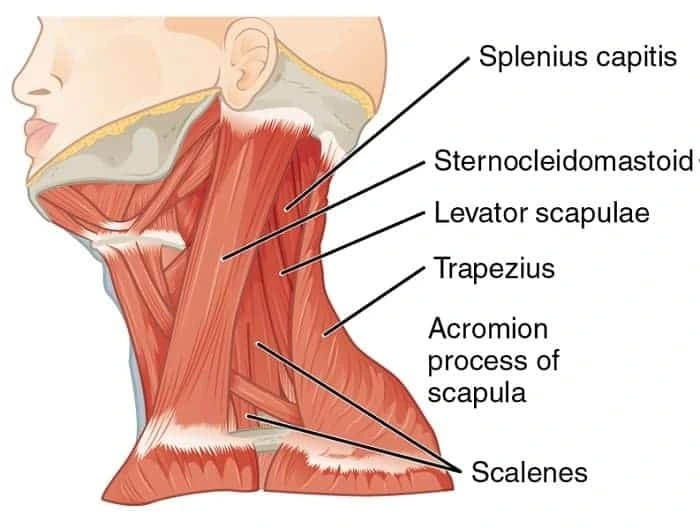
What is the function of levator scapulae?
- A strained levator scapulae muscle frequently results in an individual experiencing a stiff shoulder & neck. The Levator Scapulae Muscle is also to be responsible for an individual being able to shrug the shoulders. It is also responsible for an individual being able to carry heavy objects on the shoulder. The Levator Scapulae Muscle originates just below the skull & is attached to the cervical vertebrae.
- The other end of the muscle arises from the scapula. This upper part of the levator scapulae muscle is encompassed by the sternocleidomastoid muscle which facilitates rotation & flexion of the neck. levator scapulae are innervated by the dorsal scapular artery.
- A Levator Scapulae Muscle Strain may result in shoulder & neck pain along with stiffness of the shoulder & neck. The range of motion of the neck & shoulder will also be reduced. Levator Scapulae Muscle Strains are treated conservatively with ice & hot packs along with exercises for the neck to relax the muscles along with the use of muscle relaxants.
Clinical findings for the levator scapulae trigger points:
- Here are some associated symptoms for the levator scapulae muscle the crick in the neck or the stiff neck muscle clients will typically complain of pain at the angle of the neck just at the base of the neck in the shoulder area, they are unable to turn their head to the same side because of the contraction if that is turning their head to the right and it hurts there then they definitely have a problem in the right
What are the signs & symptoms of Levator Scapulae Syndrome?
- Symptoms of a strained Levator Scapulae Muscle are stiffness & pain in the neck and shoulder. The pain may radiate to the upper & midback region as well. The muscles in the neck will also feel tight especially at the end of a long day at work sitting in front of a computer or doing heavy lifting on the shoulders.
Stiff Neck Levator scapulae
- The muscle most often involved with a stiff neck is the levator scapula which connects the neck and shoulder. The most usual complaint of a “stiff neck” is pain when trying to turn the head to the side where it hurts, often turning the body instead of the neck to look behind.
- It is often associated with a headache but not always. The most common causes for developing this kind of stiff neck are; turning the head to one side while typing, long phone calls without a headset, sleeping without proper pillow support with the neck tilted or rotated, sitting in a chair with armrests too high and exposure of the neck to a cold draft.
- There are other causes basically from a shortening of this muscle as illustrated with using a cane that is too long. Activities such as vigorous tennis, swimming the crawl stroke, and watching a tennis match rotating the head back and forth can also cause a stiff neck.
What Can Cause Levator Scapulae Muscle syndrome?
Some of the activities that can result in a strain of the Levator Scapulae Muscle are:
- Sitting with a forward bent posture for a long period of time with little to no movement of the neck can cause levator scapulae muscle strain.
- Holding cell phones to the side of the neck with the neck bent towards one side for long periods of time can also strain the levator scapulae muscles
- The repetitive heavy lifting on the shoulders
- Carrying heavy backpacks normally during hiking expeditions.
- Everyday painful activity that may be caused by the levator scapulae
- pain with the turning head to switch lanes in your car.
- pain with the shrugging or arm intensive workout.
- carrying the purse.
- stress in the neck while sitting at your neck
- tension by overextension during exercise or repetitive motion
- emotional stress
- sleeping with some support from a pillow
- bad posture
- car accident – hit and sharp blow impact
- past case of whiplash
- carrying objects that produce an elevation of the shoulder, i.e.purse, backpack, etc.
- hiking shoulder due to work desk
- muscle imbalance can be causing the increased tone
Trigger points
- The levator scapulae muscle is the most important part of the neck, which frequently contributes to neck & shoulder pain. In fact, in the modern lifestyle, and working pattern, pain in the neck & upper shoulder mostly occurs due to any disorder in the levator scapulae.
- Anyone can easily understand the existence of levator scapulae muscle trigger points just by seeing the person from distance. A person having any issue or pain in this muscle moves the neck very slowly, or can’t move at all. They turn the entire body to look to the left side or right side. Exercises can also help to a great extent to reduce levator scapulae discomforts & pains.
- You have two trigger points located lower near the site of your neck. These trigger points can restrict your cervical turning range of motion towards the opposite side. As an example, if you have restrictions tilting your head to the left side your right levator is restricted in its range of motion. To find these trigger points roll over the muscle to where you feel the tenderness & apply steady pressure onto that area. While applying steady pressure onto that area rotate your head to the opposite side.
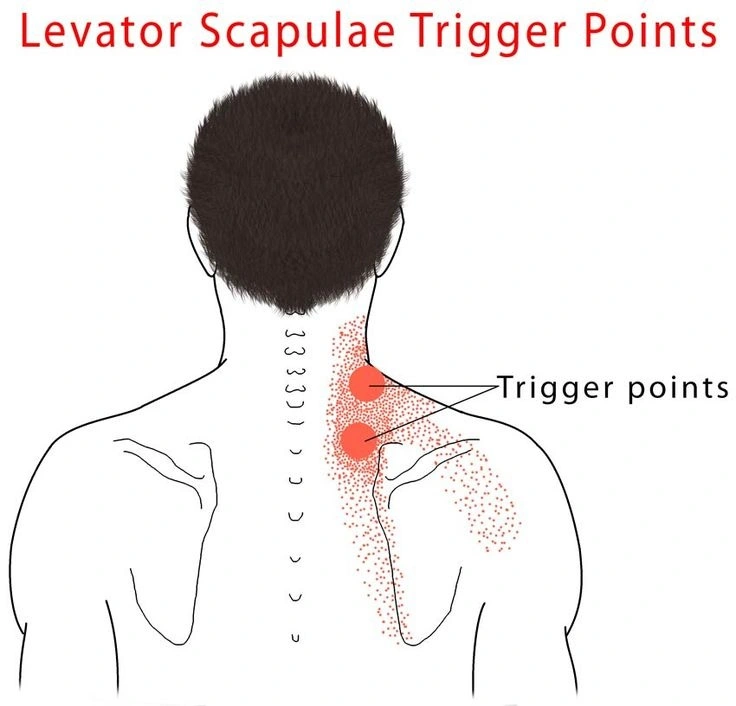
The Levator Scapulae Trigger Points that can Cause Neck Pain
- The Levator Scapulae muscle is a lengthwise long, thin muscle located on each side of the neck. The muscle attaches to the upper spinal vertebrae, & runs downward, twisting as it does, to connect h to the upper end of the shoulder blade. The Levator Scapula contracts to raise the shoulder blade (such as when you shrug your shoulders), & helps to rotate the head one on the same side. This muscle is overburdened by common postural twisting, sporting activities, and car accidents.
- The trigger points in this muscle refer to pain & stiffness in the side of the neck, base of the neck, & the inside of the shoulder blade. Active Levator Scapulae trigger points make an individual unable to turn their head, so they will often have to turn their body alternatively. Additionally, trigger point-induced stress in this muscle will often bring about shortness of breath.
Levator Scapulae Trigger Point Symptoms
- Patients that come to me with active levator scapula trigger points will typically have one strong symptom; they can’t turn their head because of the neck ache. Often they won’t be able to rotate their head to either side because of this aching pain at the site of their neck, but rotating their head to one side is much more aching. This is the side that has the levator scapulae trigger points.
- The pain is strongly strenuous at the angle of the neck (where the neck & shoulder come together) but will extend up the side of the neck & down into the upper back as well.
- They typically keep their head positioned right above their shoulders as bending it forward makes the pain worse. The shoulder on the painful side may be held higher than the other shoulder as well.
- These trigger points can mimic some of the symptoms of a panic attack, like shortness of breath & an overstress sense of the “weight of the world on your shoulders” feeling, which is interesting since the levator scapulae muscles act to elevate the shoulders.
Physiotherapy treatment of levator scapulae syndrome
levator Scapula Stretch
- This one is going to seem a little odd at first, but it’s great for easing stiff shoulders, so you’ll soon get used to the weird pose it involves. First, drop your chin to your chest, then rotate your head so that you are looking at your right armpit. Put your right hand on the back of your head & pull so that you’re stretching your left shoulder – effectively pulling your nose closer to your pits (maybe take a shower before you attempt this). As with the trapezius stretch, hold it for 20 seconds & repeat 3 times, then do the same for the opposite side. It’s not as good as a trip to a Phuket spa, but it’ll certainly ease a full of tightness.
Tightness or any other minor disorders in the levator scapula can be corrected with the help of a stretching exercise.
Here is the technique for performing this exercise for levator scapulae:
- The entire exercise is to be practiced for the right side levator scapula also by following the same steps on the right side. Practicing the exercises for both the levator scapulae muscles is necessary to keep the right balance & get proper recovery, even if the pain or tightness may not be felt on both sides
- Sitting in the correct posture is important to perform this exercise for the levator scapulae. The performer needs to sit on a chair with the feet wide apart & the back & abdomen straight up.
- In the above position, the right hand is to be taken behind the torso & needs to grab the edge of the chair firmly. Now, the body is to be bending to the left a little bit keeping the head vertically. Now, in this position, the performer needs to lift the right shoulder upwards for one or two seconds. While doing so, the body can not be tilted sideways anymore. Relaxing for one or two seconds, the upper body is to be tilted some more to the left side.
In this position the following stretching exercise is to be practiced:
- The head is to be leaned 45 degrees to the left directing the nose towards the left side hip. The left hand is to be placed behind the head & then the head is to be pulled gently at an angle toward the left knee without bending over. The neck will feel a stretch in this position. It is to be practiced for five to ten seconds & then the hand is to be withdrawn relaxing the head. After two or three days, the stretch can be deepened by gently pulling the head towards the chest in the direction of the knee.
- In the same posture, the head is to be tilted 45 degrees to the left in a similar way, and the left hand is to be positioned on the back of the head. Now, the head is to be pulled backward, while the hand will resist the head from getting backward. It will create stress on the left levator scapula. After a rest for one or two seconds rest, the same exercise for the levator scapulae is to be practiced again. It can be continued for ten minutes.
In addition to the above stretching exercises for the levator scapulae, one should also try doing a few strengthening exercises for the levator scapulae which include dumbbell shrugs to improve the elevating function of the levator scapulae. In the dumbbell shrug to strengthen the levator scapulae muscle, it is important to shrug your shoulders as high as possible while holding the dumbbells in your hands. Other strengthening exercises for levator scapulae include loaded lateral neck flexion and loaded neck extension. To do a loaded lateral neck flexion exercise for levator scapulae, you need to lean your head toward either shoulder against a resistance machine or resistance pulley. loaded neck extension exercise for strengthening the levator scapulae can be done by applying resistance to the back of your head as you hyperextend your neck to move your chin away from your chest.
Levator scapulae are the most important muscles that control many of the normal day-to-day activities of human beings. Pain and tightness in that part of the body are really annoying for the affected individual. Apart from the other causes, the changing lifestyle, & working patterns of human beings have been causing tightness in the muscles, & related problems in the neck, head, & back. A little bit of care, & practicing the above-mentioned stretching exercise for levator scapulae muscle can control the problem to a great extent. However, any problem in exercising should be brought to the notice of a physical therapist who will show the right way of practicing these immensely beneficial exercises.
Other levator scapula muscle stretch
When the neck becomes stiff or sore due to a muscle strain, the lengthy levator scapulae muscle that runs down the side of the neck & in the shoulder is commonly one of the muscles involved. Paying more attention to keeping both levator scapulae muscles stretched & flexible may make them more resistant to becoming stiff & painful.
Step-by-step Guide for the Levator Scapulae muscle Stretch
Here is a version of the levator scapulae stretch that can be performed while sitting position:
Sit up erect with both hands at the sides. Raise the right arm forwards & reach over the back with the hand grasping the right shoulder blade & put in downward pressure. This step rotates the shoulder blade downward & which helps stretch the levator scapulae muscle even more before it is stretched. If upward the elbow above the shoulder is too complicated at first, this step can be skipped. While keeping everything else still, turn the head to the left about 45 degrees which is about halfway toward the shoulder. Tilt the chin down to the chest until a good stretch is felt on the back right side of the neck. To rising the hand to increase the stretch further, the left hand can be brought up to the back of the head to gently pull down a little more. Hold for 45 seconds, or as tolerated.
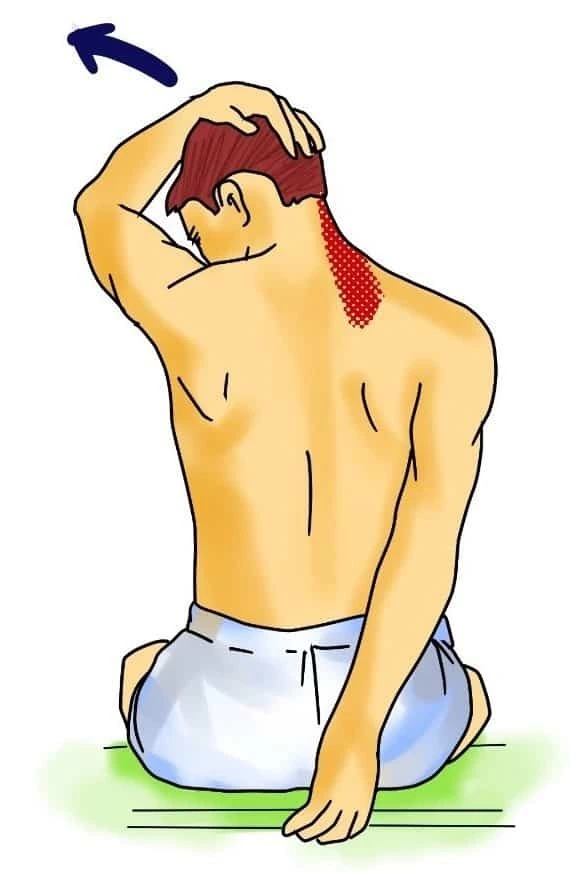
Massage
This is by far the best way to relax the tight levator scapulae muscles. Myofascial massage is used to loosen up the tight muscle and relaxation of the levator scapulae muscle. The massage is aimed at lengthening the levator scapulae for adequate relaxation of the Levator Scapulae Muscle.
Massage ball
place the ball on the levator scapulae area & start to roll it up & down the side of your neck (avoid the spine) and apply Press more on the ball whenever you get on a tender area that feels like a trigger point. You can do this with your fingers, or lie down and have someone put gentle pressure applying on it.
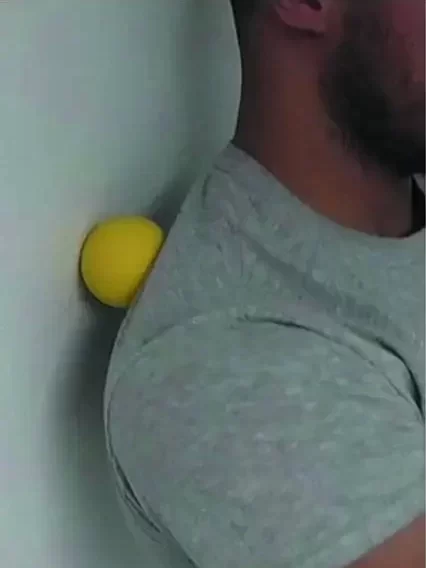
Ultrasound
This is also an effective way to relax the Strained Levator Scapulae Muscle. The ultrasound is performed fulfill using a sedative antiinflammatory gel which is applied to the strained Levator Scapulae Muscle.
Breakdown of Stretches for Neck Pain
Counter Stretch
Hold on to your kitchen counter & the back of a tall chair with both arms. Step back with your both legs. A person should feel a stretch on both sides. Hold for a total of 90 seconds (30 seconds 3 times ). It’s okay if you need to rest this stretch up into smaller sets (e.g.30 seconds 3 times).
Side Lying Openers & Circles
Start in a side-lying position with a pillow or wedge under your head. You are slightly bending your knees bringing them toward your chest. Straighten both of your arms out at shoulder height as opposed to the ground. Take the top arm & rotate away from the other arm (like a book opening up!). Keep your hips stacked & don’t allow them to open with your arm as you turn. After performing seven repetitions of “openers” do circles overhead. In the same starting position do a small circle and after 10 days big circle start to overhead with top hand & then return to the starting position, the same way you came. Perform seven repetitions of “circles” and then roll on the other side and do 3 sets of seven repetitions on each side.
Foam Roller Pec Stretch
For this stretch, you will lay on the foam roller or pillow with it along your spine. So your butt should be near the end & head laying flat on the roller or pillow. Keep your knees bent for support & lay your arm straight out to the side like a scarecrow. Your arms should be able to relax so your hands are placed on the ground. You will feel a slight stretch across the front of your shoulder & chest. You can stay in this stretch for 30 seconds to 3 times.
Foam Roller Chin Tucks
Laying on your back or on the foam roller or pillow, look slightly down toward your feet giving yourself a small “double chin.” Lightly press the back of your head into the ground or foam roller. You should feel the muscles in the front of your neck working, as well as a light stretch in the back of your head & neck. Hold for ten seconds, then relax back to neutral. This exercise is a very small movement. Perform 10 repetitions.
Quadruped Thread the Needle
Obtain a quadruped position (on your hands and knees) with a neutral neck & spine position. Reach your left arm underneath you & rotate your trunk as far as you can comfortably can. Then, reach your left arm overhead, rotating your trunk in the opposite direction. This counts as one repetition. Perform 10 repetitions with each arm.
Strengthening exercise of levator scapulae muscle
Levator scapulae exercises To strengthen levator scapulae, the following exercises may be performed.
Dumbbell Shrugs
To perform this exercise stand with feet shoulder-width apart and Hold one dumbbell in each hand. Pull shoulders up towards the ears as if elevating the lower your shoulders. Complete 3 sets of fifteen repetitions daily.
Lateral Raises
Stand with feet shoulder-width apart holding a dumbbell in each hand. Raise arms laterally until the elbow is at the same level as the shoulder and then lower dumbbells. Complete 3sets of fifteen repetitions daily.
Other strengthening exercises for levator scapulae include loaded lateral neck flexion and loaded neck extension. To do a loaded lateral neck flexion exercise for levator scapulae, you need to lean your head toward either shoulder against a resistance machine or resistance pulley. loaded neck extension exercise for strengthening the levator scapulae can be done by applying resistance to the back of your head as you hyperextend your neck to move your chin away from your chest.
Rowing
Hanging your door anchor just above the hook. Choose a resistance band that’s strong enough for you, but still allows you to do long repetitions. holding the bands, which make the resistance of the arm, but you must choose according to your abilities and your goal for the day. Remember that the goal here is to do a relatively long and slow session.
Straighten your arms to put the band in resistance from the start of the movement & lean back slightly to keep a good balance during the exercise. Spread your legs and shoulder-width apart or a little more.
Squat while bringing the handles back. Be sure to pull your shoulders back to bring your shoulder blades together and hold 2 to 3 seconds. Return to the initial position & repeat until you are no longer thirsty…
Horizontal abduction
Step One: Begin by positioning yourself with shoulders down & back with your chin tucked. hold the ends of the band in front of you at shoulder height, and take up the slack.
Step Two: Pull the band outward, keeping your elbows straight & pinching your shoulder blades together until your arms are out at your sides. Slowly return the tilting to starting position.
Repeat 10 times. Your end goal is to increase to three repetitions set of 10 times. As your muscles strengthen, you can increase the resistance by changing the colored band and dumbells weight. If moving up in resistance causes pain, go back to the lesser resistance for a few days & then try the increased resistance band.
Shrug
Perform dumbbell shrugs by holding a pair of dumbbells & holding them by your sides with a neutral grip & Keep your arms straight as you lift your shoulders to your ears. Pause for a movement before resting your shoulders back to the starting position. Repeat this movement.
dumbbell shrugs can strengthen your upper body. For dumbbell shrugs, begin by using a weight that you can control for two-three sets of 8–12 repetitions. Choose a weight that allows you to maintain the best technique throughout all repetitions.
Grab a pair of dumbbells & hold them by your sides. Your palms should be facing your legs. Your posture should be straight, with your feet shoulder-width apart & a slight tilt in your knees. Your shoulders should be directly over your hips with a neutral head & neck position. With a slight bend in your elbows, your arms should remain long by your sides. Your chin should remain tucked in throughout the movement if holding an egg under your neck.
Grip the floor with your feet to create a fixed foot position. Evenly distribute your weight along the length of your feet. Pre-tension your shoulders, hips & engage your core. Your ribs should be down & you should slightly tuck your pelvis. While maintaining a neutral head & neck position, keep your arms long & slowly raise your shoulders straight up toward your ears. Pause for 2 to 3 seconds at the top of the movement. Slowly lower your shoulders back to the first position. Repeat for the 10 to 12 number repetitions.
Dumbbell Shrug Variations
Once you’ve practiced the standard dumbbell shrug consider trying these variations also:
- Behind the back dumbbell shrugs: Place the dumbbells behind your back during the exercise to target your upper traps, middle traps & deltoids slightly more than a standard dumbbell shrug.
- Seated dumbbell shrugs: If you want to focus on your shoulder & back muscles & not core stabilization, try this easier variation by sitting while performing the dumbbell shrug exercise.
- Single-arm dumbbell shrugs: For a unilateral variation, practice the single-arm dumbbell shrug by lifting one arm at a time, including this variation in your bodybuilding routine can allow you to focus on your form.
Horizontal abduction with external rotation
Prone Horizontal Abduction & Full External Rotation, 100 degrees Abduction and Lie on the table & face down, with the involved arm hanging straight to the floor, thumb rotated up (hitchhiker position). Raise arm out to the side slightly in front of the shoulder, parallel to the floor. Hold 2 seconds and lower slowly and repeat 8 to 10 times.
Prone shoulder extension
Face down and arms resting at your sides, hands in fists, palms facing inward. Raise your arms off the ground as far as possible and squeeze your shoulder blades, lower your arms, and repeat 8 to 10 times.

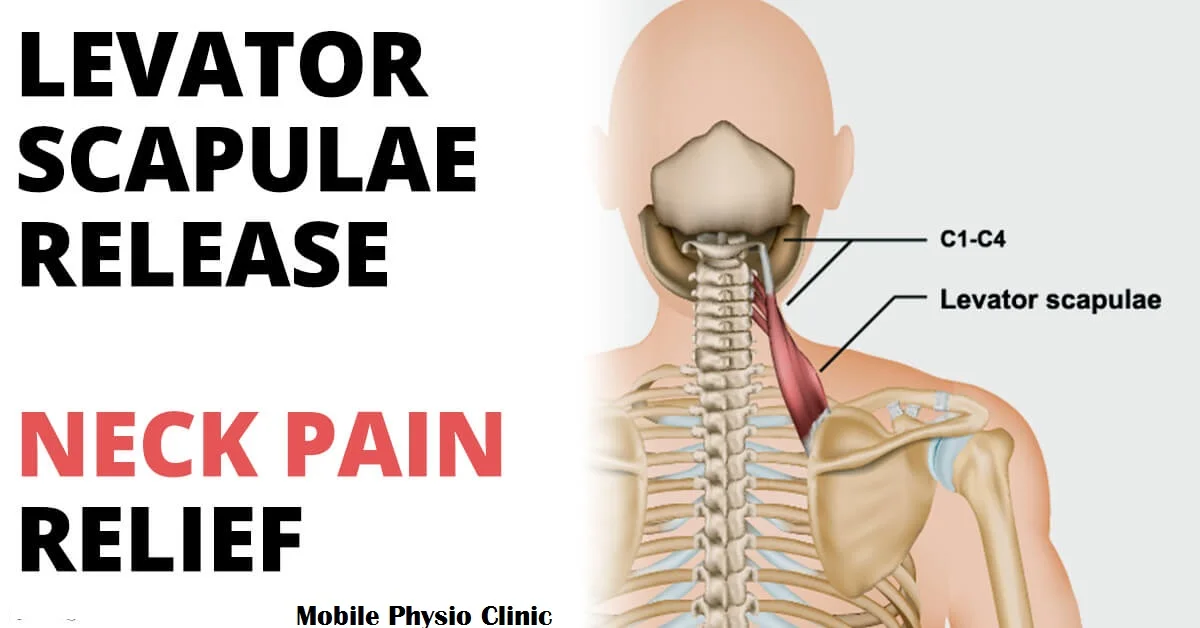


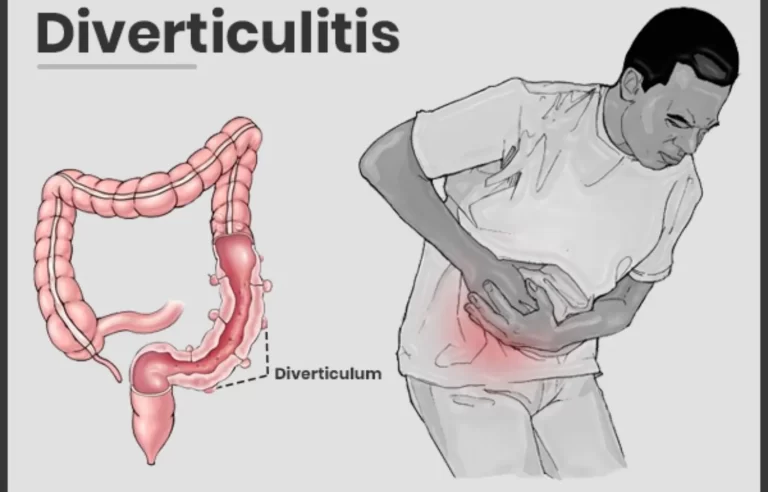
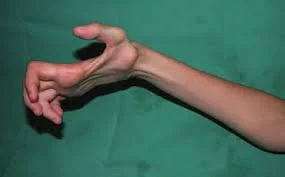
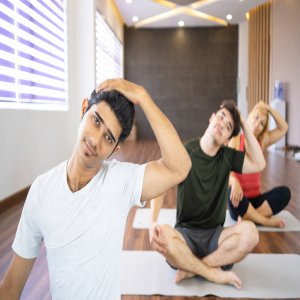
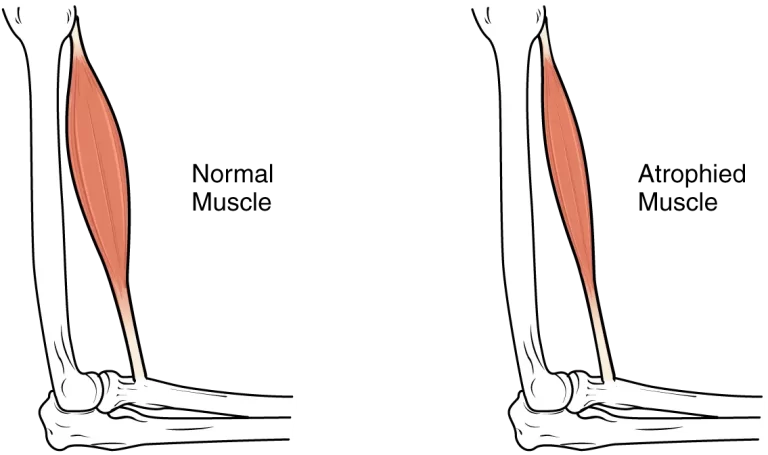
4 Comments